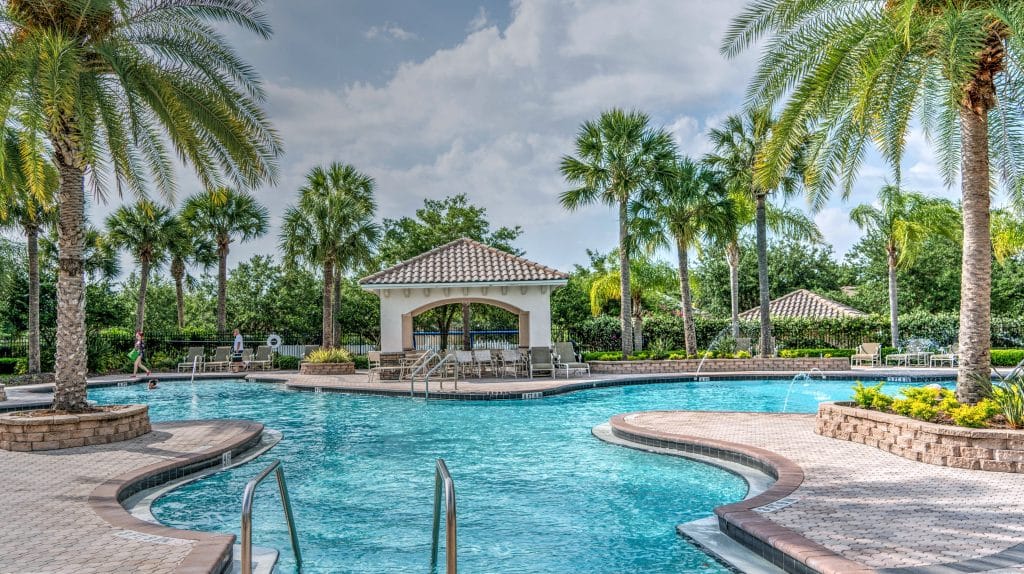The Demand for Data – and What it Means for Real Estate
- As commercial real estate investors, we are always looking for the next new investment that is seeing growing demand.
- With the continued reliance on and need for more data, the demand for data centers has continued to increase.
- As a result, it may be worth looking into whether developing new data centers or repurposing older buildings is a good investment.
I’ve mentioned it before in this blog but I am not solely a commercial real estate attorney. Indeed, one of the advantages I think I have as a real estate attorney is that I am also a commercial real estate investor. With my business partner Scott Studzinski, we have formed Moontower Capital, with which we invest in commercial real estate around Texas and Michigan.
I am sure you are no different, but as a result of this, I’m always looking for the next big thing in real estate. Not only for my clients to find good investments but also for Moontower and our investors. So while the general consensus is we may want to hold off on office for now, and multifamily is usually a solid investment, there’s another investment class that I have heard a lot about recently. And after doing some research, it seems to be booming. So let’s talk about data.
The Increase of Data Centers Across the United States
I don’t think its news to anyone that the digital age has propelled us into a world where data is king. From streaming our favorite shows to storing personal information and powering businesses, the demand for data storage and processing continues to skyrocket. And with this surge in demand has come a corresponding demand in the need for data storage centers. These specialized facilities house the servers and equipment that power our digital lives, and their demand is rapidly outpacing existing capacity.
The National Landscape: A Growing Demand for Data Centers
Across the United States, the need for new data centers is significant. A recent report by Synergy Research Group estimates that the demand for hyperscale data centers will significantly increase in the coming years. Overall, US data center demand is projected to grow by 10% per year through 2030. This growth is fueled by several factors, including:
- The rise of cloud computing: Businesses are increasingly migrating their operations to the cloud, requiring data centers to store and manage vast amounts of data.
- The proliferation of connected devices: The Internet of Things is connecting an ever-growing number of devices, each generating and consuming data.
- The increasing adoption of artificial intelligence and machine learning: These technologies require immense computing power, which data centers provide.
And these trends are expected to continue in the near future.
Texas is a Data Center Hotspot
Texas has emerged as a prime location for data center development, driven by several key advantages:
- Abundant land and affordable power: Texas boasts vast tracts of land suitable for data center construction, coupled with a deregulated energy market that offers competitive electricity rates.
- Strategic location: Situated in the central United States with excellent connectivity to major fiber optic networks, Texas offers efficient data transmission across the country.
- Business-friendly environment: Texas’s tax-friendly policies and streamlined permitting processes make it an attractive destination for data center developers.
As a result, the data center landscape in Texas is booming. The demand in the Dallas-Fort Worth area, for example, is booming. Net leasing of data centers there was seven times the rate of 2020. And here in Central Texas, Prime Data Centers just announced a new $1.3 billion data center campus in rural Caldwell County.
So what does that mean for Texas commercial real estate developers? Well … let’s build more data centers. The need for new data centers across the country, and specifically in Texas, is significant. And I reckon that is going to continue as we continue to rely on more data as a society.
Data centers, however, can be complicated to develop. Its my understanding that they have very specific power, utility, and space needs. As a result, its unlikely that you can just repurpose any old office building into a data center. But with the growing demand, its at least worth thinking about what is possible.
The Demand for Data – and What it Means for Real Estate Read More »

